How to Harvest Lettuce All Year Round? Maintaining a constant supply of Lettuce from your garden is something every gardener should aspire to. There is nothing better than having Lettuce freshly picked from your garden every day, however, maintaining a constant supply of Lettuce that is edible is easier said than done.
Unlike most other vegetables, maintaining the Lettuce supply in Summer is often more challenging than the colder conditions of Winter. The reason for this is that most leafy greens have a tendency to bolt rapidly in warm weather. This process, in the case of Lettuce, results in the leaves becoming increasingly bitter and inedible.
What Causes Lettuce the Bolt?
The plant bolts, when its focus switches from producing leafy growth to flower production. The first signs of this are apparent to the gardener, when there is a change in shape of the leaves in the center of the plant. This is followed, shortly afterwards, by the appearance of a stork that rises up quickly to produce flowers and then seeds.
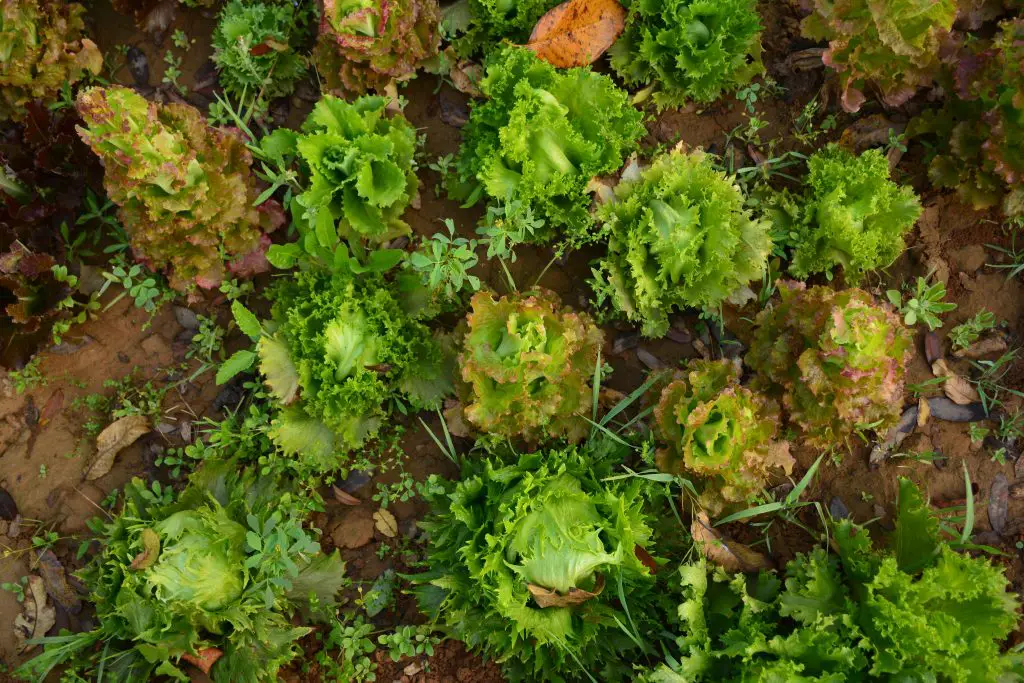
At the first signs of bolting, the flavour of the Lettuce will begin to change, becoming rapidly bitter, due to the change in chemistry within the leaves. The chemicals associated with the bitter flavour are Sesquiterpene Lactones, which rise in concentration within the plant rapidly, with the production of flowers.
The conditions that generally lead to bolting of Lettuce are increased temperatures, longer daylight and a reduced level of moisture. However, there are certain varieties of Lettuce that are less prone to bolting and are consequently better suited to warm conditions.
How to Maintain a Constant Supply of Lettuce?
Despite the tendency of Lettuce to bolt and become bitter rapidly in Summer months, there are a number of things that can be done to limit this. Below, are a series of measures that if implemented, will ensure that you are eating fresh Lettuce from your garden, all year round.
1. Grow Loose Leaf Varieties
Loose leaf varieties, also known as cut and come again Lettuce, are advantageous because they can be harvested earlier than those varieties that will form heads, such as the traditional Iceberg Lettuce. This reduces the length of the growing period and the opportunity to bolt. However, it is possible to grow heart varieties and harvest their leaves as they as produce, if there is a variety you particularly like.
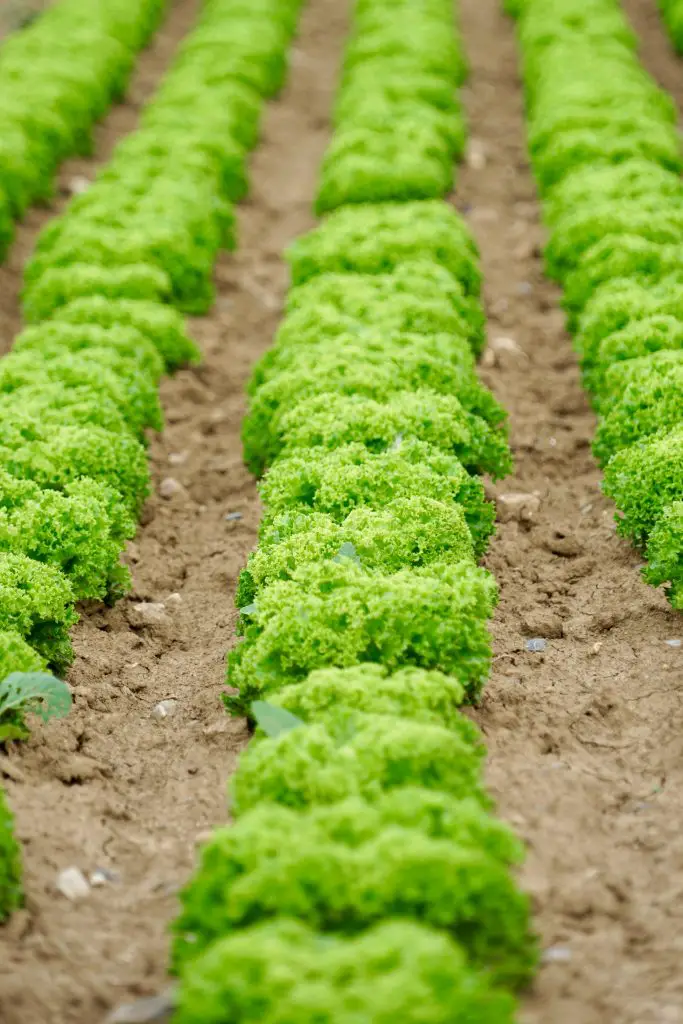
2. Grow a Number of Varieties
The tendency of Lettuce to bolt, does vary somewhat between different varieties, and it is prudent to grow several different varieties at any one time, to give you the best opportunity to fill your salad bowl throughout the year. There is a wide range of varieties available online from Seeds Now.
Alternatively, you can buy mixed Lettuce leaf packets. These blends of seeds will usually have at least 8 to 10 different Lettuce varieties within the one packet. Some of these blends are better than others, so it may require some experimentation to find a seed blend you prefer.
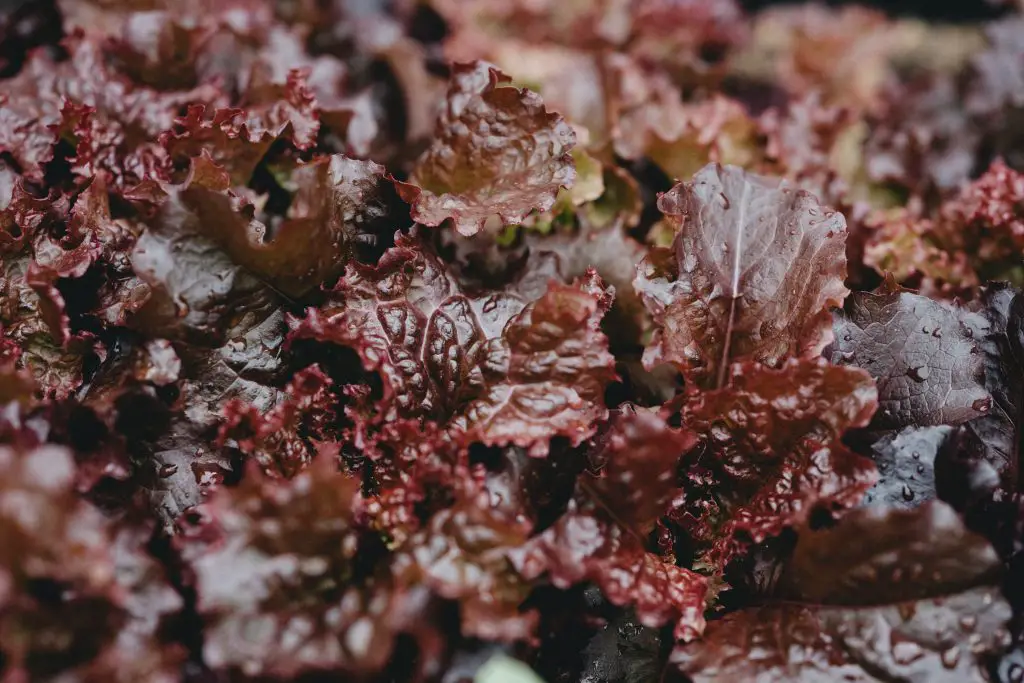
3. Sown Little and Often.
As Lettuce is a relatively fast growing crop, it is important to sow new Lettuce seeds regularly. The rule of thumb, that I use, is to sow a tray of Lettuce at the same time that the previous tray is being planted out into the garden. Typically, this means that you will be sowing seed between every 2 to 5 weeks, depending upon the time of year. At stages throughout the year, if you follow this technique, you will be swimming in Lettuce. If space is of an issue, remove the oldest Lettuce crop from your garden first, creating space for the new seedlings. Any Lettuce plants showing signs of bolting, should be removed as they will provide little benefit, unless you are interested in collecting seed.
4. Plant Lettuce in a Variety of Different Locations.
Lettuce plants should be planted in a range of different locations, within your garden. These locations should have varying degrees of shade, which will also allow you to stagger your harvest and control the degree of bolting, that occurs in Summer. Planting in partial and full shade is advised in the Summer months.
5. Water Regularly.
Lettuce plants have a greater tendency to bolt if they are exposed to dry conditions. To avoid this, water regularly and mulch plants to reduce water evaporation.
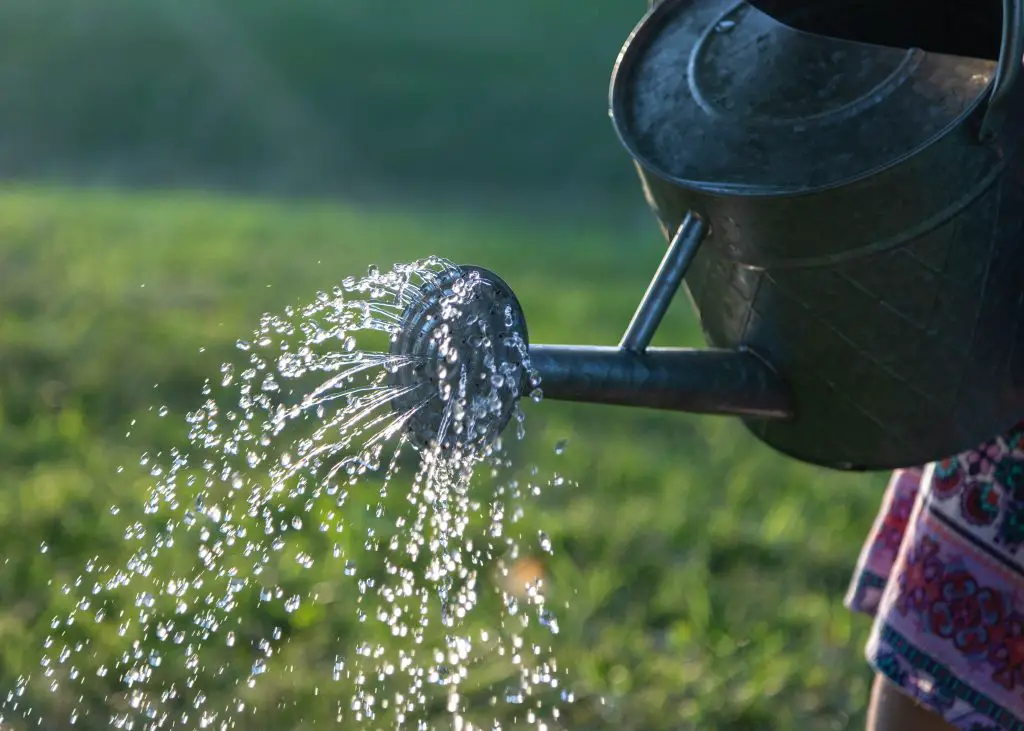
How to Harvest Lettuce So It Keeps Growing?
When harvesting cut and come again Lettuces, many people will go out to the garden with a pair of scissors and cut off the top of plant. This harvesting technique will affect every leaf on the Lettuce plant and as a result, the plant will take longer to recover, before a second harvest can be taken. A longer time between harvests will reduce the overall yield that you are able to get from the plant over its lifetime.
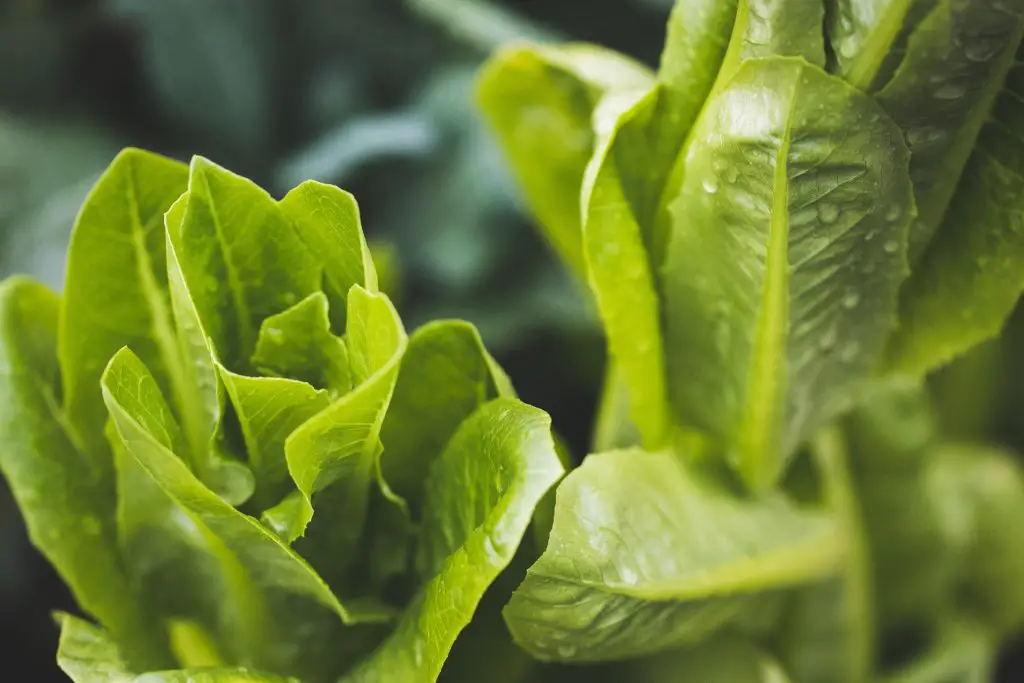
To reduce the impact of harvesting on the health of the plant, it is preferable to harvest only the outer of leaves. This is advantageous because new leaves, which are generated in the centre of the plant, are unaffected by the harvest. They continue to grow without interruption, providing an opportunity to take subsequent harvests more rapidly. Across the usable life of the Lettuce, 6 to 8 harvests may be taken with this method, vs 3 to 4 with scissors.
How to Sow Lettuce?
Lettuce differs from most vegetables because burying the seed will detract from the germination rate. Lettuce seeds require light to germinate, as such, the seed should remain on the surface of the growing medium. You can press the seed onto the surface of the soil to improve the contact, but it is likely the seeds will germinate regardless of whether this is done.
When planting the seeds sow thinly in trays. The seeds will need to spend between 3-5 weeks in the tray, before being large enough to plant out in their final position. Once they are ready, space the plants 10-15cm (4-6 inches) apart, for loose-leaf varieties, and 30cm (12 inches) apart for those that produce a head. It will take between 60-70 days before the first harvest can be taken.
How Do I Grow Lettuce in Containers?
If you live in a region that has very cold winters, the only option to maintain an ongoing supply of Lettuce, is to grow them indoors. The severity of the climate in which you live in, will determine where you can realistically grow Lettuce. For those areas with milder conditions, growing in a greenhouse is sufficient or even using cloches to protect the Lettuce in the open garden, throughout the winter period will be fine. Lettuce can survive temperatures as low as -6°C (20°F), however sustained temperatures at this level would not produce a viable crop.
If the Winters in your region are extreme, the only option would be to grow Lettuce within your house. The simplest way to do this is using a Click and Grow System. The system is designed to automate the care of the plants indoors, by providing a pot that automates water and the amount of light that the plants receive. Below is a product review which provides more detail on how the system works.
The alternative to set up a growing space, plants will require a source of light that covers the Full Spectrum of sunlight. There are many different options for light sources. One of the easier options is to buy suitable light bulbs that fit into standard light fittings. Here is an example available on Amazon.
The light should be turned on at the start of each day, and turned off at the end of the day, to mimic the conditions that the plant would experience if planted outside. The ideal growing temperature is approximately 20°C (70°F). There are a wide variety of containers that can be used inside, which include standard garden pots and trays. Basically, anything that can hold soil, and has holes in the bottom to allow the drainage of water, will be fine.
When inside, avoid placing plants near the heat source, as the plants will have a tendency to dry out quickly. Watering of the plants should be regular, once every 2 to 3 days. The nature of the watering can just be misting plants with a spray bottle, on a regular basis, to keep the Lettuce moist. If you follow these simple directions, you should be able to harvest Lettuce all year round.
